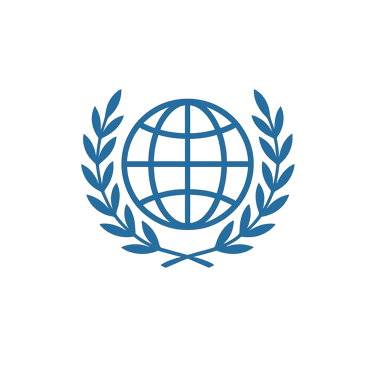The Incident at the Airport: Nurmagomedov and the Russian Flag Dilemma


Introduction to the Controversy
In a startling turn of events, renowned mixed martial artist Khabib Nurmagomedov encountered an unexpected obstacle upon his arrival in the United States. The incident, which has drawn significant media attention, centers around the symbolism of the Russian flag, which he prominently displayed. It has raised questions about international relations, cultural sensitivities, and the implications of national representation in sports.
The Events Leading Up to the Incident
As Nurmagomedov prepared to enter the U.S. for what was anticipated to be a significant event in his career, airport officials stopped him at security. Reports indicate that the display of the Russian flag was a pivotal factor in this encounter. The situation quickly escalated, with personnel citing concerns related to political tensions between the U.S. and Russia. Such apprehensions have been heightened in recent years, leading many to feel that symbols representing Russia could provoke unwanted scrutiny and complications.
The Broader Implications for Athletes
This incident has sparked a broader discussion regarding the rights of athletes to represent their national identities. Athletes like Nurmagomedov often embody the pride and spirit of their nations, creating a bridge between cultures through sport. However, when an athlete is barred from entry due to such representations, it raises profound concerns about free expression and the cultural implications of these actions. The ramifications extend beyond Nurmagomedov, posing dilemmas for many athletes who navigate their identities in a global arena.
Moreover, this incident underscores the significance of dialogue surrounding nationalism in sports, especially in a multicultural society. As global tensions evolve, the challenges presented to athletes who hail from politically contentious countries can no longer be overlooked. It calls into question the responsibilities of sports organizations, government bodies, and the media in supporting athletes while respecting international sensitivities.
Conclusion
The unfortunate turn of events for Nurmagomedov highlights the intricacies of international diplomacy intertwined with the world of sports. While he was not allowed into the U.S. due to the presence of the Russian flag, the incident opens up much-needed discussions about cultural representation, national pride, and the universal language of sportsmanship.
This incident serves as a pivotal moment not only for Nurmagomedov but also for other athletes who find themselves caught in a similar predicament. As sports continue to foster global camaraderie, it is essential to reflect on how national symbols are perceived across borders, and the responsibilities that come with them.
